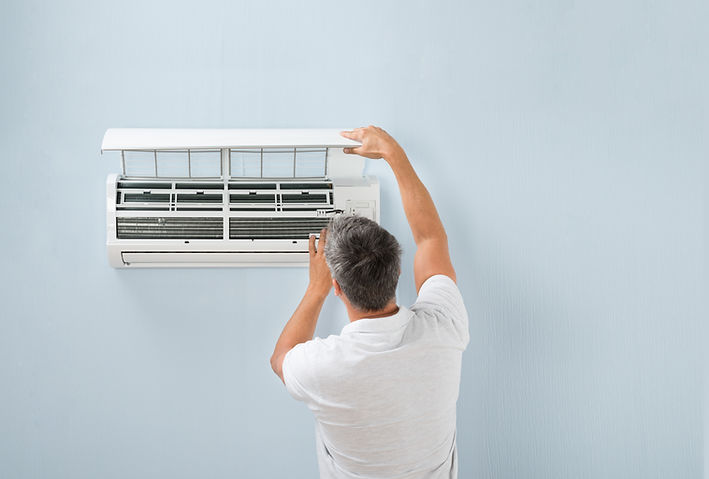Call Us: 678-736-7899
Call to get your air conditioning or heat working today!
Email at: office@todayac.com

HELP/COMMON ISSUES
Thermostat Functionality
-
Confirm thermostat is powered (check for dead batteries or display issues).
-
Verify mode (Heat/Cool/Auto) is correctly selected.
-
Adjust setpoint 5°F above/below ambient to force a call.
-
Listen for contactor click or signal to equipment.
-
If smart thermostat: check Wi-Fi/app connectivity and manual override.
Power & Electrical
-
Check breakers/fuses at panel and equipment disconnects (indoor & outdoor).
-
Verify 24V control voltage present (R to C).
-
Inspect for tripped float switch, burned low-voltage fuse (often 3A/5A on board).
-
Confirm proper voltage at contactor (Y signal at outdoor unit).
Airflow Issues
-
Check return air filter—replace if clogged.
-
Confirm blower motor operation (inspect capacitor or ECM module if not spinning).
-
Inspect ducts for collapsed or disconnected runs.
-
Verify all supply/return vents are unblocked.
Outdoor Condenser (Cooling)
-
Confirm contactor is pulling in with Y call.
-
Check if condenser fan is running — if not:
-
Inspect dual run capacitor (test µF value).
-
Verify fan motor amperage draw.
-
-
Check refrigerant line temperatures (suction line should be cold).
Indoor Equipment (Furnace or Air Handler)
Drainage/Float Switch
-
Look for diagnostic LED codes on board—refer to manufacturer legend.
-
Ensure safety switches (door, rollout, limit) are closed.
-
Test inducer motor and pressure switch operation (heating).
-
Confirm heat strips or gas ignition cycle initiates with call for heat.
-
Inspect condensate pan and drain line.
-
Verify float switch hasn’t been tripped due to clog or overflow.
-
Test continuity on float switch if present.
System Signals & Control
-
Use multimeter to confirm 24V signals at terminal block:
-
R to G (fan)
-
R to Y (cooling)
-
R to W (heating)
-
-
Inspect for any short circuits (especially wire chafe at outdoor unit or attic runs).
Refrigerant System (Cooling)
-
Hook up gauges:
-
Check pressures (Suction, Liquid).
-
Inspect superheat/subcool values vs target.
-
Look for signs of restriction or low charge.
-
-
Visually inspect for oil residue = possible leak point.
If Issues Persist
-
Isolate faulty component (control board, capacitor, motor, t-stat).
-
Document model/serial and part specs.
-
Communicate findings and get approval before performing major repairs.


We manage dozens of properties, and finding an HVAC team that’s both fast and reliable used to be a challenge—until we started working with Today. Not only do they show up when they say they will, but their tech-enabled reports give us real peace of mind. It's proof the work is done right, every time.
— Lisa G., Property Manager

